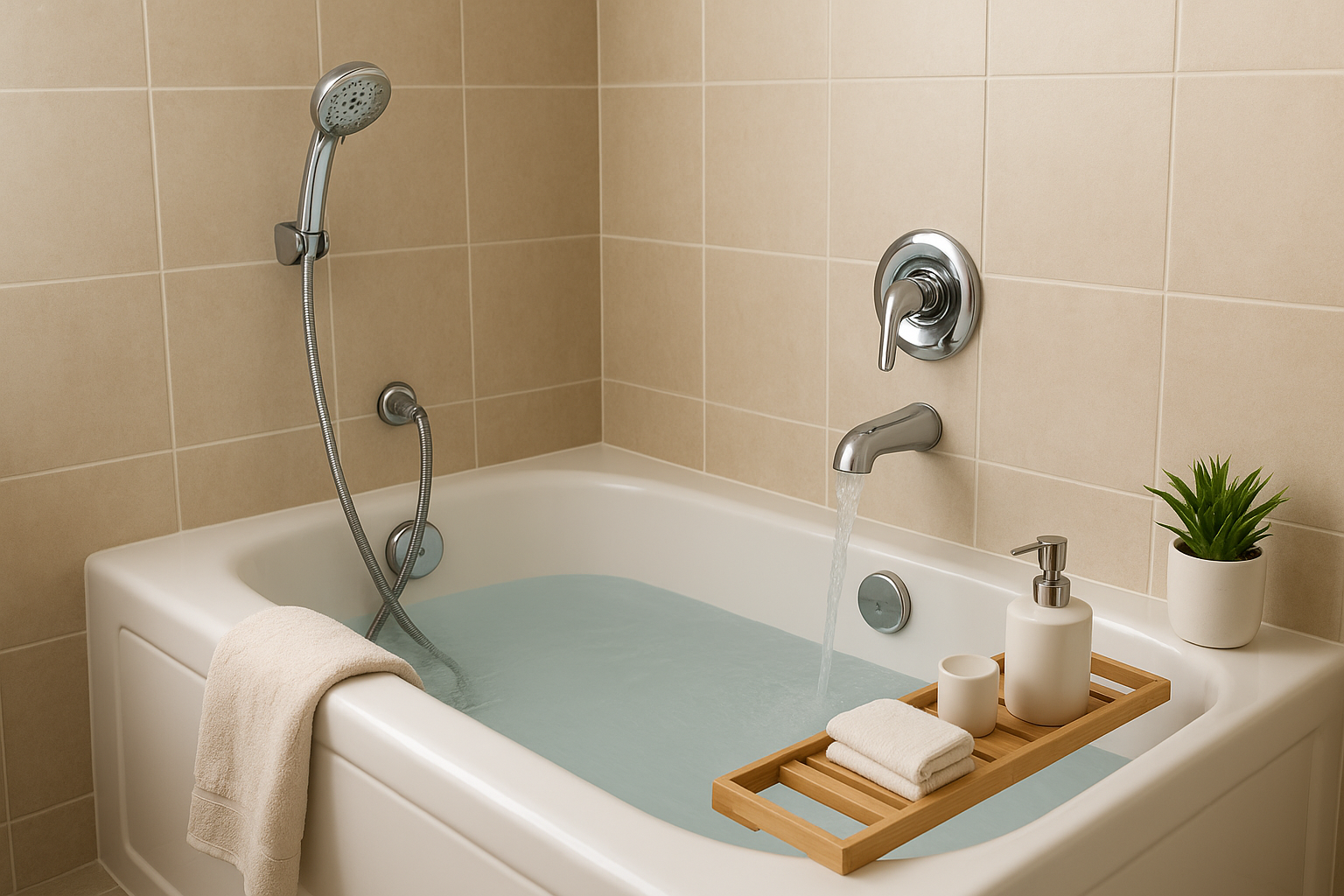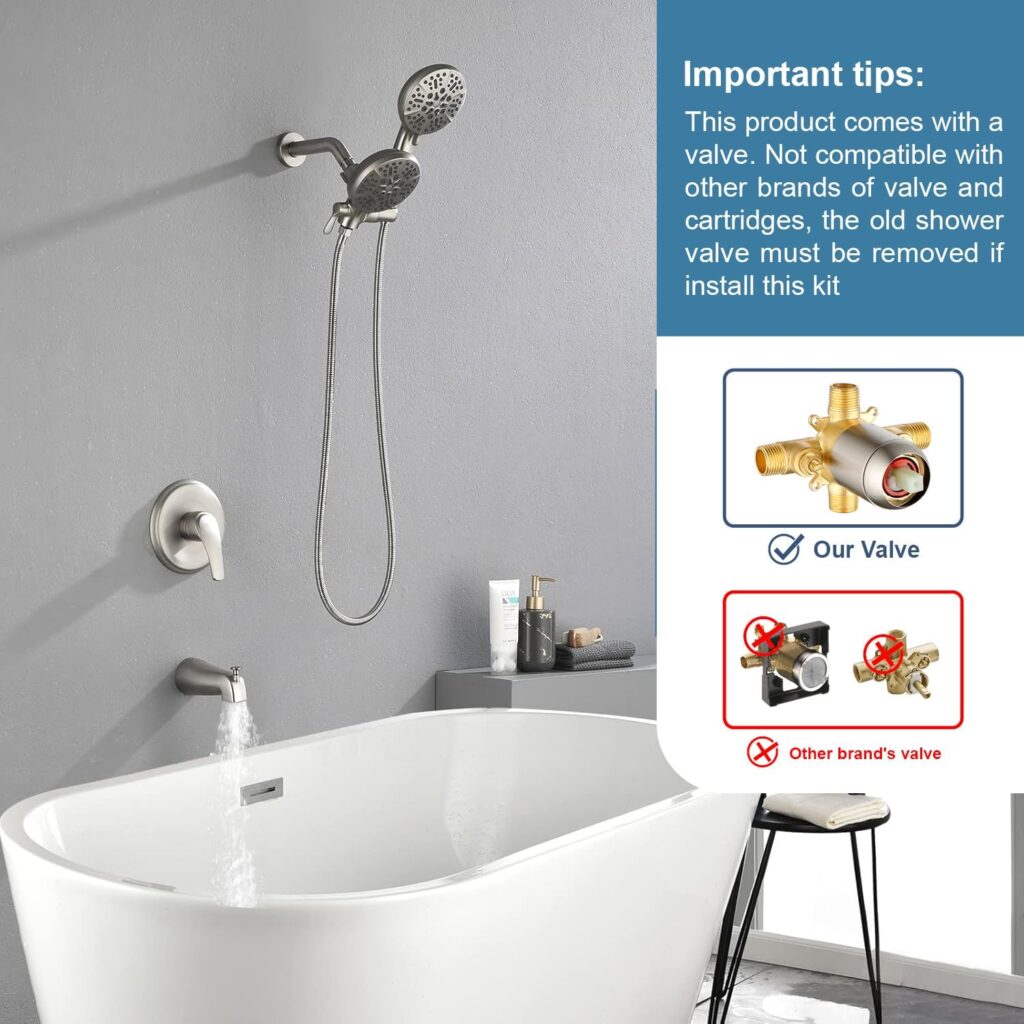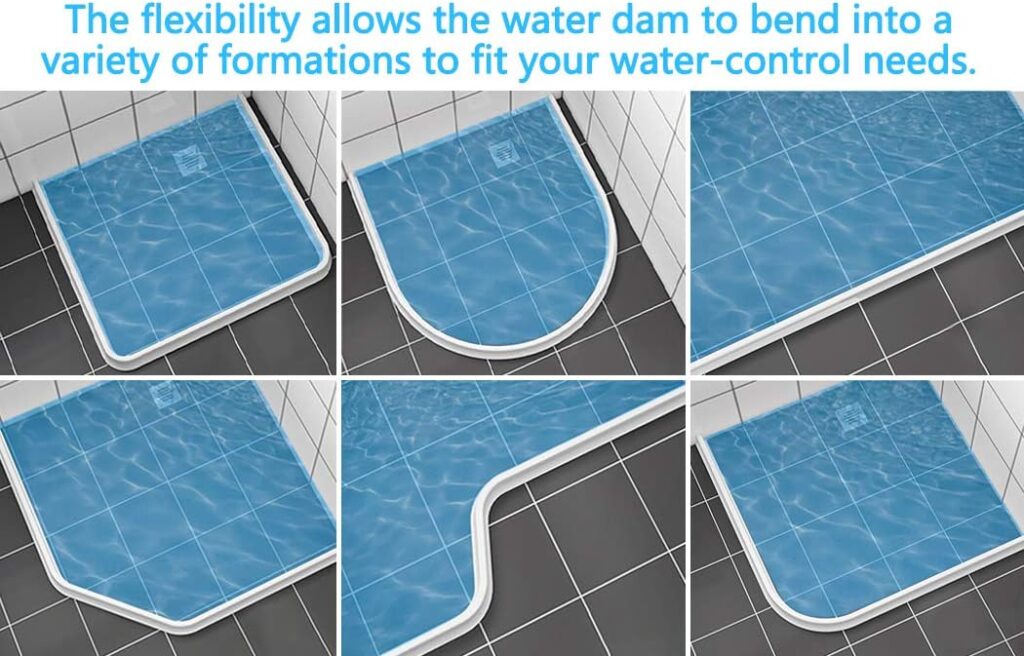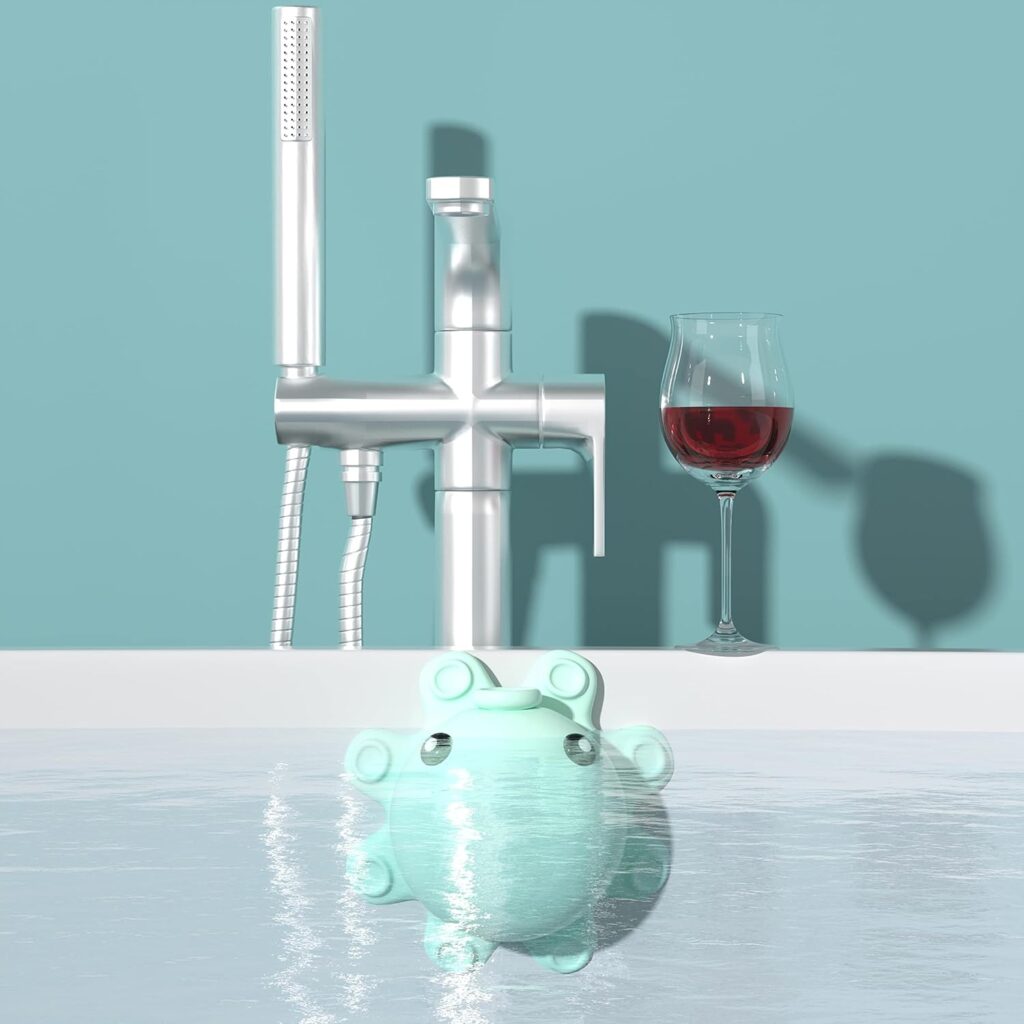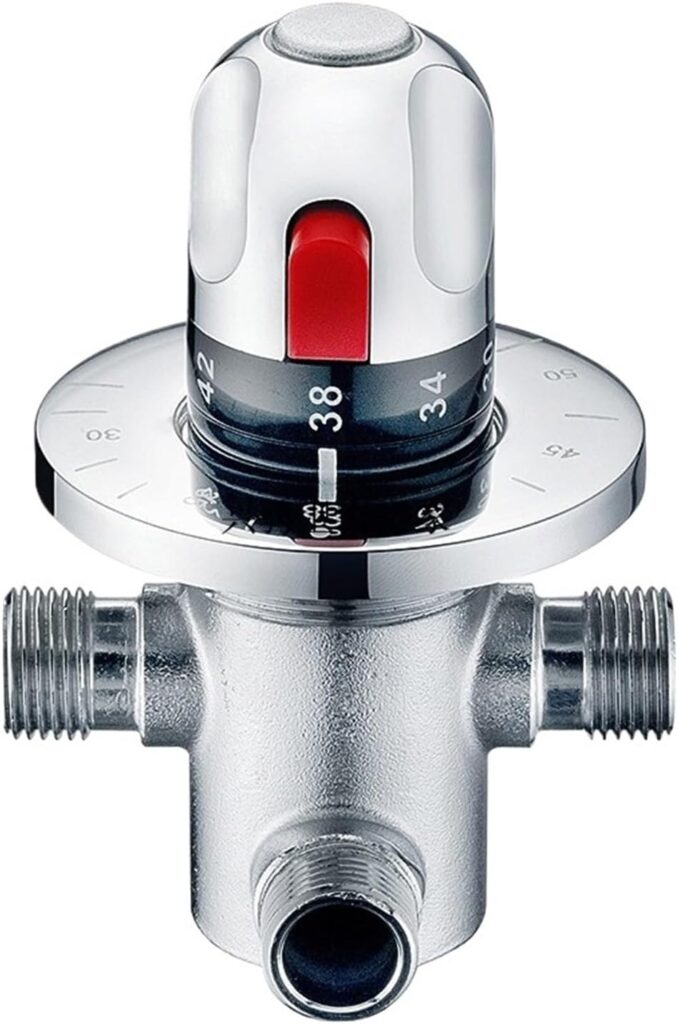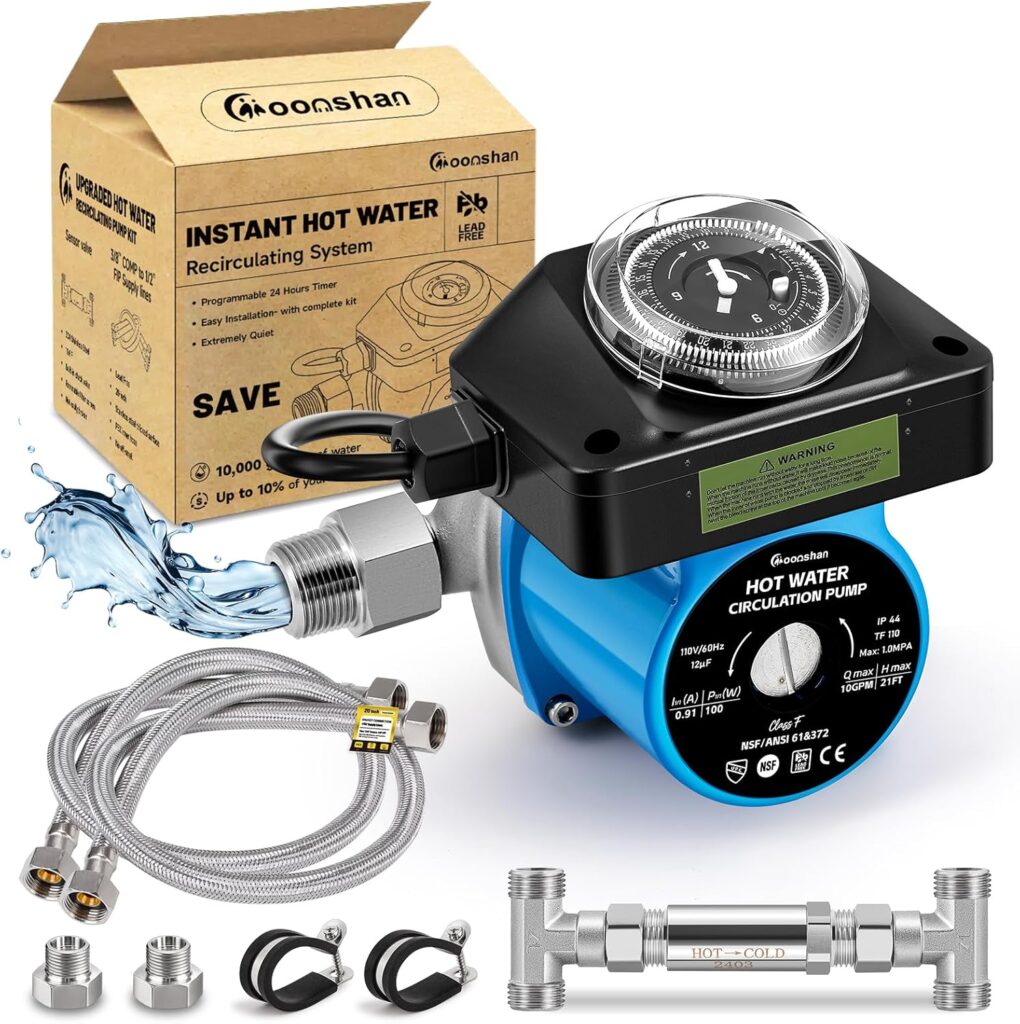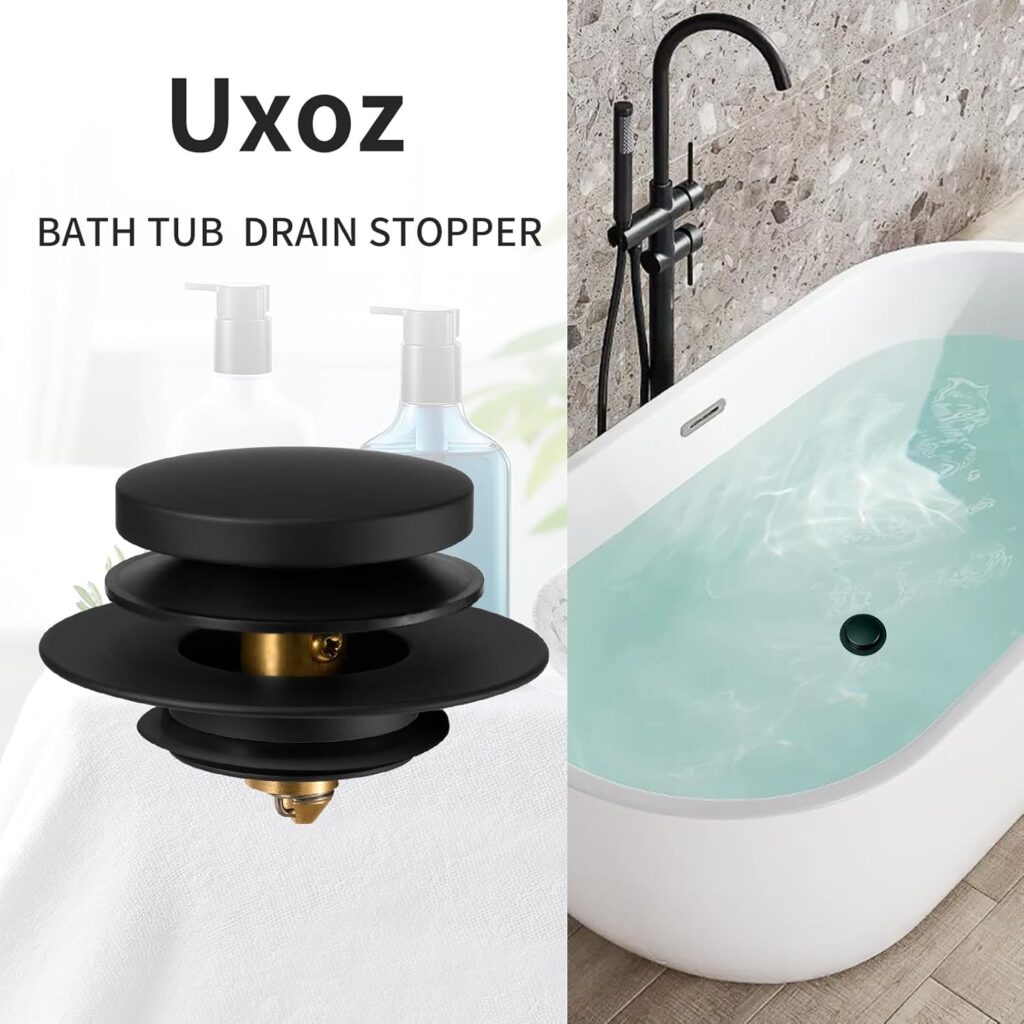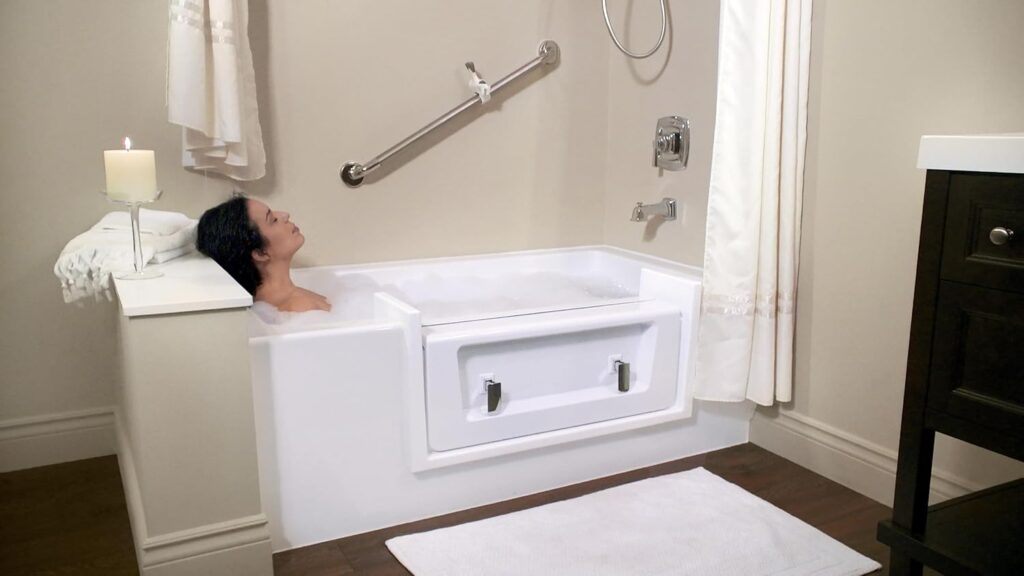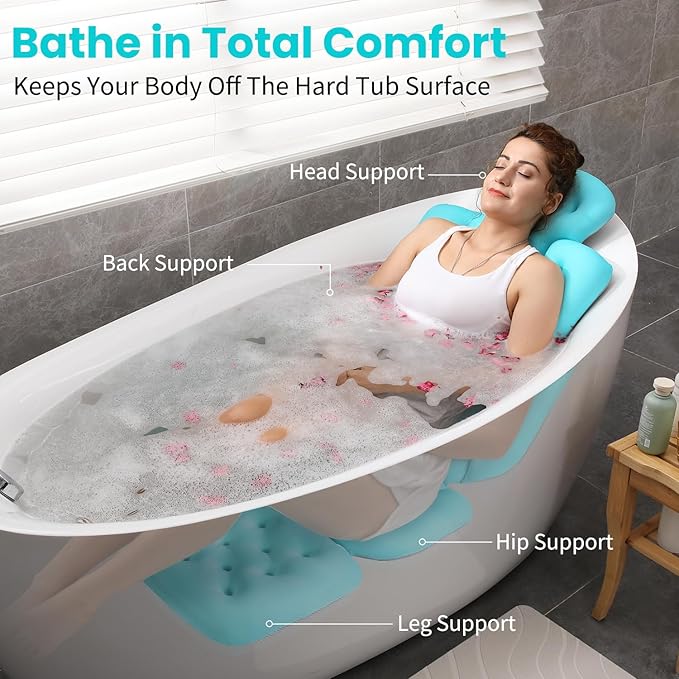A soothing bath shouldn’t drain your wallet or the planet’s resources. A full tub can use up to 70 gallons of water, but with a few smart upgrades, you can cut that down without losing comfort. These Bathtub Water-Saving Retrofit Hacks are simple, affordable, and perfect for anyone looking to save water and money while still enjoying a relaxing soak.
Looking to cut water bills without giving up your relaxing soak? These practical, low-cost upgrades will help you save water, shrink energy use, and keep bath time blissful.
Why saving bathtub water matter
A deep bath can use a lot of water. The U.S. EPA notes a full tub can require up to 70 gallons, whereas a five-minute shower uses 10 to 25 gallons depending on flow rate. Choosing smarter fixtures and small retrofits reduces waste and energy, because less water needs heating.
That’s where these Bathtub Water-Saving Retrofit Hacks come in. Most are DIY friendly, affordable, and ideal for a budget bathtub water saver retrofit that still feels comfortable.
1: Low-flow tub-side rinsing with a hand shower
If you often rinse hair or soap in the tub, add a WaterSense-labeled hand shower (≤2.0 gpm) on a diverter. It’s precise, quick, and lets you rinse without running the high-flow tub spout. This single change can anchor a budget bathtub water saver retrofit and pairs well with competitive keywords like low-flow showerhead and WaterSense bathroom fixtures. US EPA
Pro tip: Choose a model with pause/trickle mode to limit flow between rinses.
2: Bathtub dams and inserts to reduce fill volume
Bath dams or removable inserts shrink the effective tub size so you reach a comfy soak level with fewer gallons. They’re renter-friendly and perfect for a budget bathtub water saver retrofit that kids won’t even notice.
How to use: Fit the dam along the tub length, then fill to your usual level. You’ll save water every time without changing the ritual.
3: Smart fill routine with an overflow cover
A silicone overflow cover lets you fill slightly higher without losing water through the overflow opening, which prevents the “topped up again” waste cycle. It’s an easy win in any budget bathtub water saver retrofit, especially in older tubs where the overflow kicks in too soon.
4: Temperature-right, first time thermostatic mixing valve
Install a thermostatic mixing valve so water reaches your target temperature quickly. You avoid the habit of running taps until it’s “just right,” which supports Bathtub Water-Saving Retrofit Hacks and keeps your budget bathtub water saver retrofit both safe and efficient.
5: On-demand hot-water recirculation
Waiting for hot water? Demand-controlled recirculation pumps move cooled hot-line water back to the heater and deliver hot water fast, so you don’t dump liters down the drain. ENERGY STAR explains how demand systems slash wait-time water waste and can be triggered by a button, timer, or sensor. This is a bigger item in a budget bathtub water saver retrofit, but still one of the most impactful. ENERGY STAR
Reality check: Savings vary by home layout and local water prices, but the water-waste reduction is real, and comfort improves. The Spruce
6: Insulate around the tub cavity
If your tub sits on or near an exterior wall, insulating the cavity helps water stay warm longer, which prevents wasteful hot top-ups. Building-science guidance is clear: insulate and air-seal behind tubs and showers to match exterior wall levels. This quiet upgrade fits a budget bathtub water saver retrofit during any minor bathroom refresh. Building America Solution CenterBathroom Pros NJ
7: Aerators and flow control use wisely
Sink faucets gain a lot from WaterSense aerators (1.5 gpm max). While tub spouts usually run higher flow by design, you can still install inline flow limiters upstream to prevent accidental overfilling, especially in homes with kids. Combine this with a timer or smart monitor to reinforce your budget bathtub water saver retrofit habits.
8: Smart water monitors for your bath routine
Clip-on ultrasonic monitors or inline smart meters show real-time gallons used during a bath. When people see usage, they naturally adjust. Pair a monitor with your budget bathtub water saver retrofit to stay on track and build family-wide awareness. Look for models that log historical trends so you can benchmark your Bathtub Water-Saving Retrofit Hacks over time.
9: Tub-stopper with level or time reminder
Choose a stopper with a float or a simple kitchen timer habit so you don’t exceed your planned level. It’s the $10 habit-builder that keeps a budget bathtub water saver retrofit humming without nagging anyone.
10: Convert to a quick-rinse shower some days
Install a diverter and a shower bar so you can choose a short shower on busy days. Many households cut bath frequency by half without losing comfort. This hybrid approach is central to Bathtub Water-Saving Retrofit Hacks because it uses the same footprint yet supports your budget bathtub water saver retrofit goals with minimal cost. And yes—short showers typically use far less water than a full bath. 19january2017snapshot.epa.gov
11: Graywater for the garden (where allowed)
If local codes permit, reuse bathwater for non-potable irrigation via a simple graywater setup. Follow health guidance: avoid storage beyond 24 hours, minimize contact, and don’t use on edible leaves. A small, code-compliant system turns every bath into a garden resource and strengthens the sustainability story of your budget bathtub water saver retrofit. Regulations vary by region, so check local rules. Better Health ChannelNational Academies Press
12: Bath-first for kids, then a quick adult rinse
Family sequencing matters. Bathe children together when appropriate, then adults can opt for a short shower. This simple scheduling tweak complements any budget bathtub water saver retrofit and reduces overall hot water demand.
13: Tankless water heater with built-in recirc (when replacing)
If your water heater is due for replacement, consider an efficient tankless unit with optional recirculation. Many new models add Wi-Fi control and demand recirc to cut wait-time waste. It’s not strictly “budget,” yet it can capstone your budget bathtub water saver retrofit over the long term with energy and water wins.
14: Make the bath feel fuller with comfort cues
Mood counts. Try a bath pillow and a footrest to feel supported in shallower water, or add bath trays and aromatics so a half-fill feels indulgent. These small touches anchor your budget bathtub water saver retrofit in day-to-day life without asking anyone to sacrifice comfort.
Cost and savings snapshot
- Entry-level upgrades (overflow cover, stopper timer, hand shower): $10–$60 each. These deliver immediate, repeatable water savings as part of a budget bathtub water saver retrofit.
- Mid-range (thermostatic valve, graywater hardware where permitted, tub-cavity insulation during minor works): $75–$300+.
- Higher-impact systems (demand hot-water recirculation, tankless with recirc): varies, typically $200–$800+ for pump kits, more for full heater replacements. Expect less water wasted while waiting for hot water, which makes baths and showers feel faster and more efficient.
Remember, a full tub can be 70 gallons, so even cutting 8–12 gallons per bath adds up fast over a month. If you alternate with short showers, the impact compounds.
This sequence layers Bathtub Water-Saving Retrofit Hacks from easy to advanced, and keeps your budget bathtub water saver retrofit affordable and practical.
Frequently asked questions
1) Will a low-flow setup make my bath take forever to fill?
If you fill the tub from the main spout, it’s usually designed for higher flow than a showerhead. The water savings come from reducing how much you fill, not necessarily slowing the fill rate. Use a hand shower for targeted rinsing, which lowers total water use without affecting the main fill. This approach is central to Bathtub Water-Saving Retrofit Hacks and fits a budget bathtub water saver retrofit perfectly.
2) Do hot-water recirculation pumps really save water?
Yes. Demand-controlled systems reduce the water you waste while waiting for hot water to arrive. They’re best where taps are far from the heater. Water savings are consistent, and comfort improves, though utility bill impacts vary by home. ENERGY STARThe Spruce
3) Is graywater from a bath safe to use on plants?
It depends on what’s in the water and your local rules. Avoid storage beyond 24 hours, minimize contact, and don’t use on edible leaves. Always check your municipality’s guidelines before installing anything beyond a simple, permitted setup. Better Health ChannelNational Academies Press
4) How much can insulation help?
Insulation behind tub/shower walls reduces heat loss, so you need fewer hot top-ups to stay comfortable. Building guidance recommends insulating to the same level as exterior walls and adding an air barrier. Building America Solution Center
5) I’m renting—what can I do now?
Plenty. Overflow covers, stopper timers, bath dams, and a hand shower on a temporary diverter all qualify as a budget bathtub water saver retrofit with no major alterations. You’ll feel the savings right away.
6) What’s the fastest path to results?
Start with measurement, then install a WaterSense hand shower and overflow cover. Add a timer habit for consistent bath levels. These Bathtub Water-Saving Retrofit Hacks take under an hour and create a durable budget bathtub water saver retrofit routine.
Wrap-up
You don’t need a remodel to make a real difference. With these Bathtub Water-Saving Retrofit Hacks—from smart rinsing and simple accessories to insulation and on-demand recirculation—you’ll use less water, spend less on energy, and keep bath time just as relaxing. Build your plan around a budget bathtub water saver retrofit, layer upgrades as you go, and enjoy the comfort of a tub that’s kinder to your wallet and the planet.

